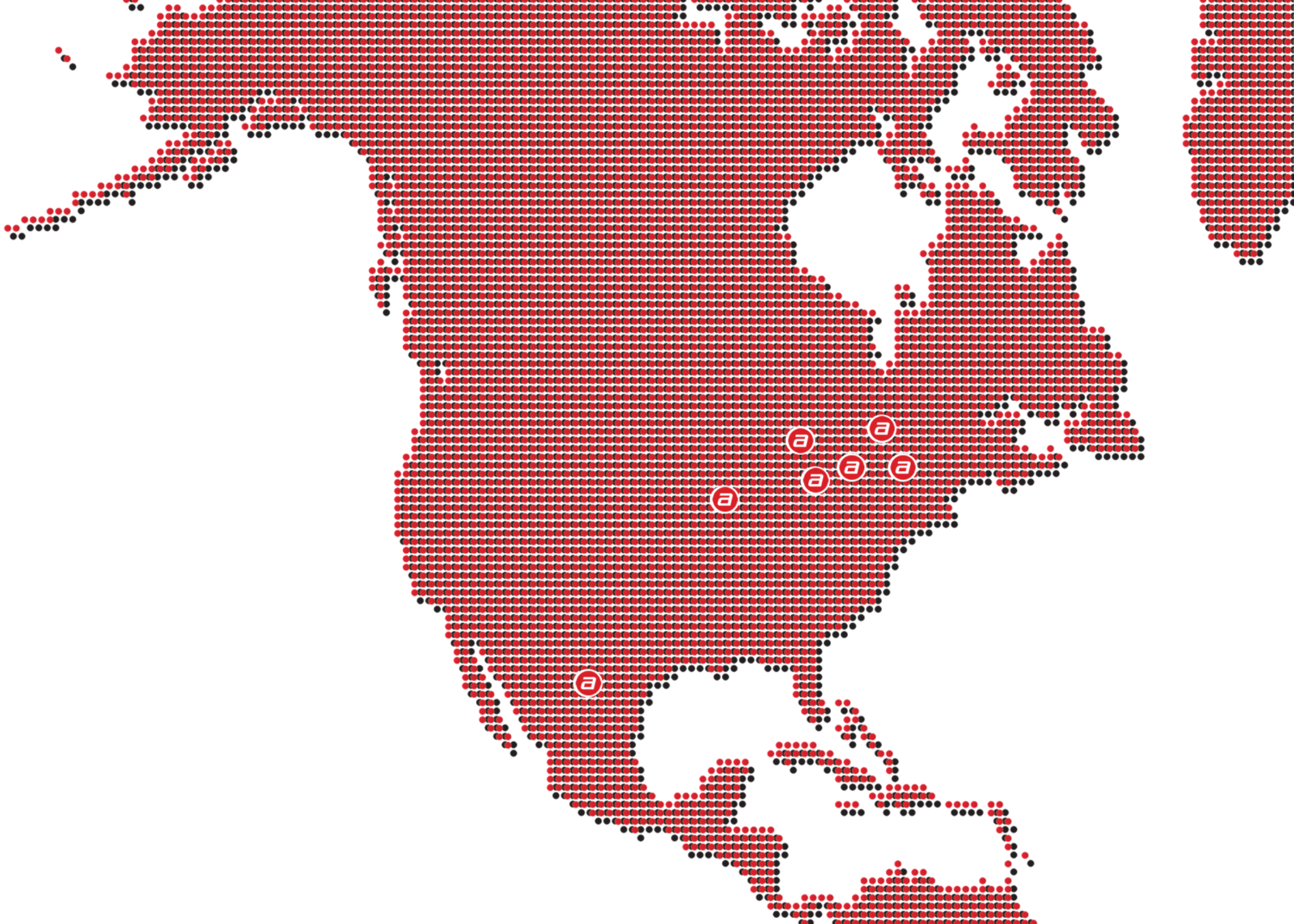
As the dust settles from the recent U.S. presidential election and a Republican administration prepares to take office, manufacturing leaders and investors across North America are evaluating potential changes in policy and their strategic implications. For those of us involved in robotic system integration and manufacturing automation, these shifts hold particular significance. Here’s an analysis of the potential impact of heightened tariffs on Mexico and Canada, a tightening labor market, and the evolving ROI of automation in response to anticipated policy changes.
New Tariffs on Mexico and Canada: Strategic Shifts in Production
One of the expected changes is the reinstatement or increase of tariffs on goods imported from Mexico and Canada. The last few years have seen North America lean heavily on integrated supply chains, with the United States benefiting from manufacturing inputs from Mexico and Canada. Increased tariffs could upend the cost structure of this arrangement, pressing companies to adjust their production strategies to maintain profitability.
For U.S. companies, heightened tariffs may drive an increased reliance on domestic manufacturing. This would ideally create jobs and stimulate local investment; however, the reality is not so simple. The U.S. labor shortage, particularly in manufacturing, remains a significant barrier. Higher tariffs might push some companies to "reshore" production, yet the question remains whether there is a workforce ready to support that shift. Without adequate labor, reshoring efforts might be challenging, further opening doors for advanced automation solutions to fill the gaps.
International companies, on the other hand, may face a strategic dilemma. Should they move operations to the U.S. despite labor challenges or invest more in local production in Mexico to serve the North American market? Automation solutions will play a crucial role in this decision-making, especially as robotics technology becomes more cost-effective and adaptable for diverse manufacturing needs.
The Labor Challenge: How Tighter Immigration Policies Might Impact Manufacturing
U.S. manufacturing has been struggling with a labor shortage across both skilled and unskilled roles, and the potential for stricter immigration policies poses additional complexities. A Republican administration may prioritize policies that reduce immigration, increase deportations, and tighten border security, all of which could lead to a further contraction in the labor pool.
For manufacturers, a shrinking labor force can make it even harder to find and retain workers for critical production roles. This shortage is a substantial driver behind the push for automation, as robotics solutions become essential for maintaining production levels when human labor isn’t available. If immigration policies reduce the available workforce, manufacturers will likely accelerate investments in automation. Robotic systems, particularly those that are modular and can handle complex tasks, will be indispensable in filling the gap left by a constrained labor force.
However, tighter immigration policies may also have unintended consequences. With fewer workers and potentially higher labor costs due to scarcity, U.S. manufacturers could face significant operational and competitive challenges. This could lead to higher costs for consumers and reduce the global competitiveness of U.S.-made goods unless manufacturers rapidly adopt automation to offset these challenges.
Automation in Mexico: Is ROI at Risk or Ready to Grow?
As we consider the potential impact of U.S. policies on Mexico, an important question arises: will increased deportations and tighter border policies drive a rise in Mexico’s available labor pool? And if so, could this lower the ROI of automation investments in Mexico?
If labor in Mexico becomes more accessible and affordable, some manufacturers might hesitate to invest in automation, calculating that increased availability of workers might meet their production needs at a lower cost. However, this view overlooks the long-term benefits and stability that automation offers. Automation not only mitigates the variability and unpredictability of labor availability but also supports consistent, high-quality production.
Moreover, even if labor costs in Mexico decrease temporarily, the broader picture suggests a growing economy. As automation advances, it enables Mexico to support industries that require high precision, speed, and repeatability, enhancing its role in global supply chains. Automation in Mexico isn’t just about replacing workers; it’s about enabling higher productivity and quality standards that make the country a more attractive location for investment.
Resilience Through Strategic Automation
The new political landscape will present both opportunities and challenges for North American manufacturing. As tariffs rise and labor markets shift, automation will become not just a choice but a necessity for companies aiming to remain competitive and resilient. Advanced robotics can help companies navigate labor shortages and trade complexities, enabling them to adapt to whatever changes the future holds.
As we look ahead, one of the key questions will be how to balance immediate labor needs with longer-term goals for growth and stability. Automation holds the potential to meet both needs, supporting North American companies and economies alike as they face an evolving landscape.
In today’s fast-evolving industrial landscape, companies that proactively embrace automation will not only overcome current challenges but will also gain a powerful competitive edge. With Acieta’s extensive portfolio of automation solutions, paired with my 25 years of hands-on experience helping businesses of all sizes automate, we’re here to support your journey. Partner with us to gain your competitive advantage—step into the future with Acieta.